Dodge these DIY don’ts and save £3,200
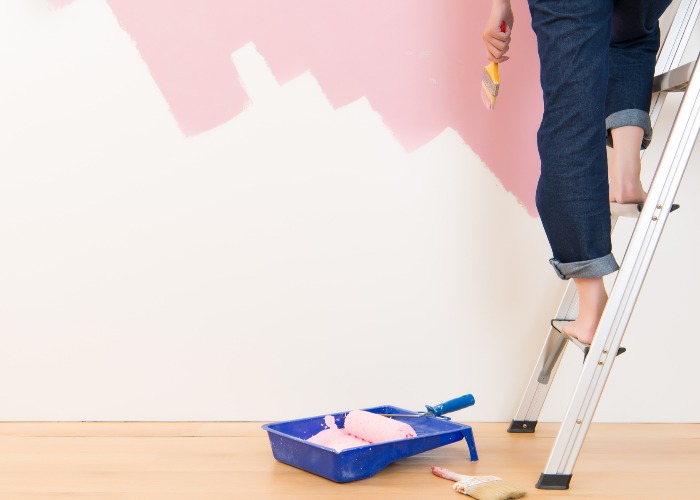
Planning on giving your home a face-lift? Before you reach for the paintbrush, make sure you steer clear of these costly DIY missteps
If you've got a home improvement project in the pipeline, hold it right there. According to insurers Simply Business, the average UK adult will mess up a DIY job so badly that they'll need to call in the professionals nine times in their lifetime.
Embarrassingly, the most common home revamp blunders include hanging wallpaper, putting up shelves and painting a room – relatively simple tasks, but without the right know-how, it's all too easy for a project to run awry.
READ MORE: 21 simple things you can do to hugely increase your own value
Correcting a DIY blunder can set you back a pretty penny too – research from Towergate Insurance found that the average project took £3,208 to rectify, a figure they put down to overly-ambitious individuals taking on tasks that really should be left to the experts, such as electrical wiring or even house extensions.
While we’d certainly recommend getting in certified tradespeople for these big jobs, taking on some straightforward projects can save you a lot of money and time in the long run.
Want to make sure your foray into DIY doesn't end in disaster? Trade comparison website HaMuch has compiled a list of top tips for home improvement success...
Always use a spirit level
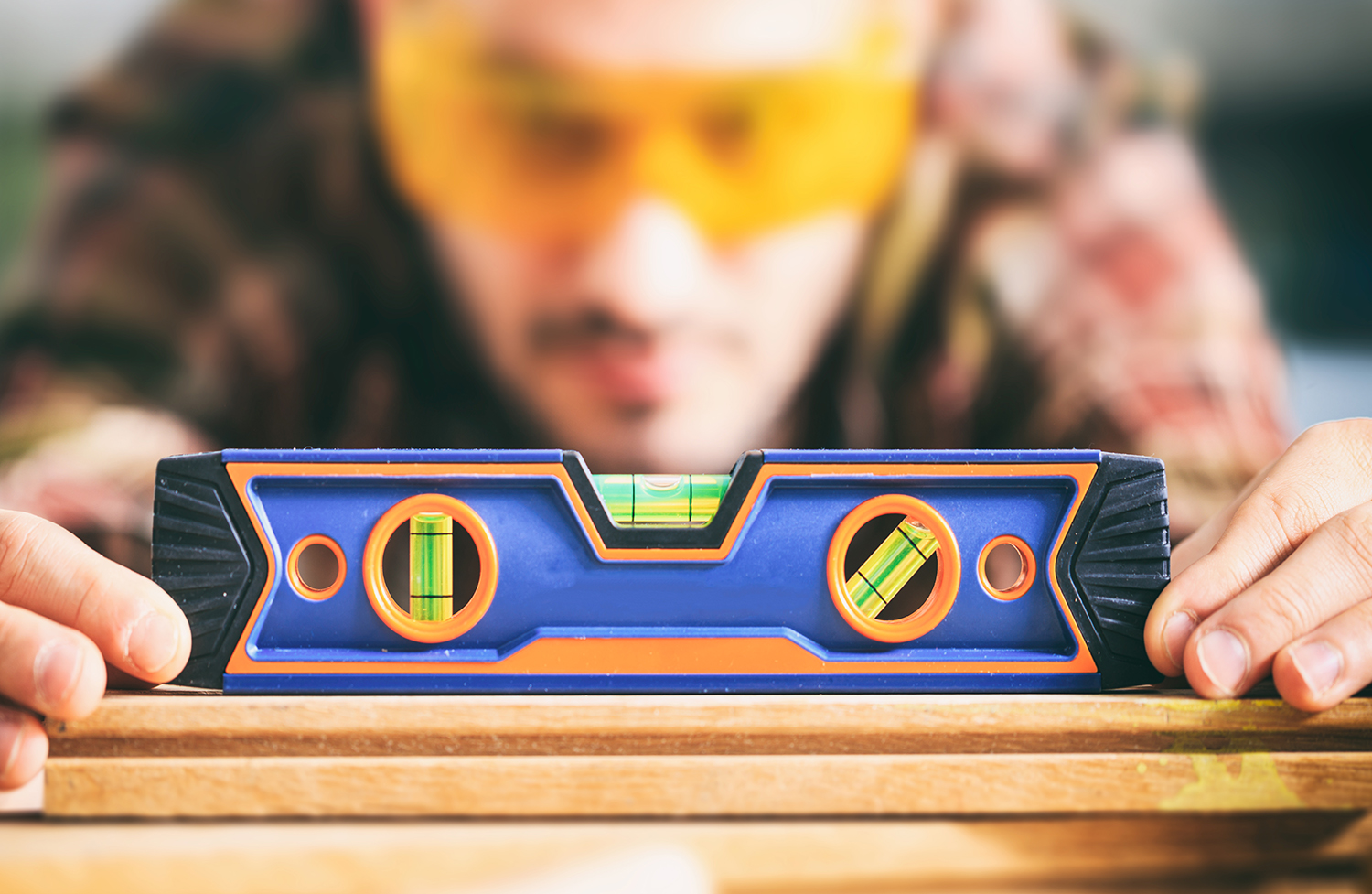
All too often, ambitious homeowners think they can put up shelves or hang pictures using only the naked eye as a guide, but the truth is you won't get it completely straight without the assistance of an essential DIY tool.
Available from as little as £10, a spirit level will ensure you get it right the first time, as well as preventing any damage to your walls from numerous failed attempts.
Don’t rely on quick fixes
A quick fix should only be used as a temporary stand-in until you get the chance to complete the job fully, otherwise, you'll likely make more work for yourself in the long run.
For example, when a door frame swells in cold and wet weather, a quick plane of the wood should initially help with any sticking.
But rather than leaving it there and reattaching the door, it's important to make sure you seal any exposed edges with an oil-based primer, otherwise the door will absorb more water and you'll find yourself back in the same situation before too long.
Plan your work
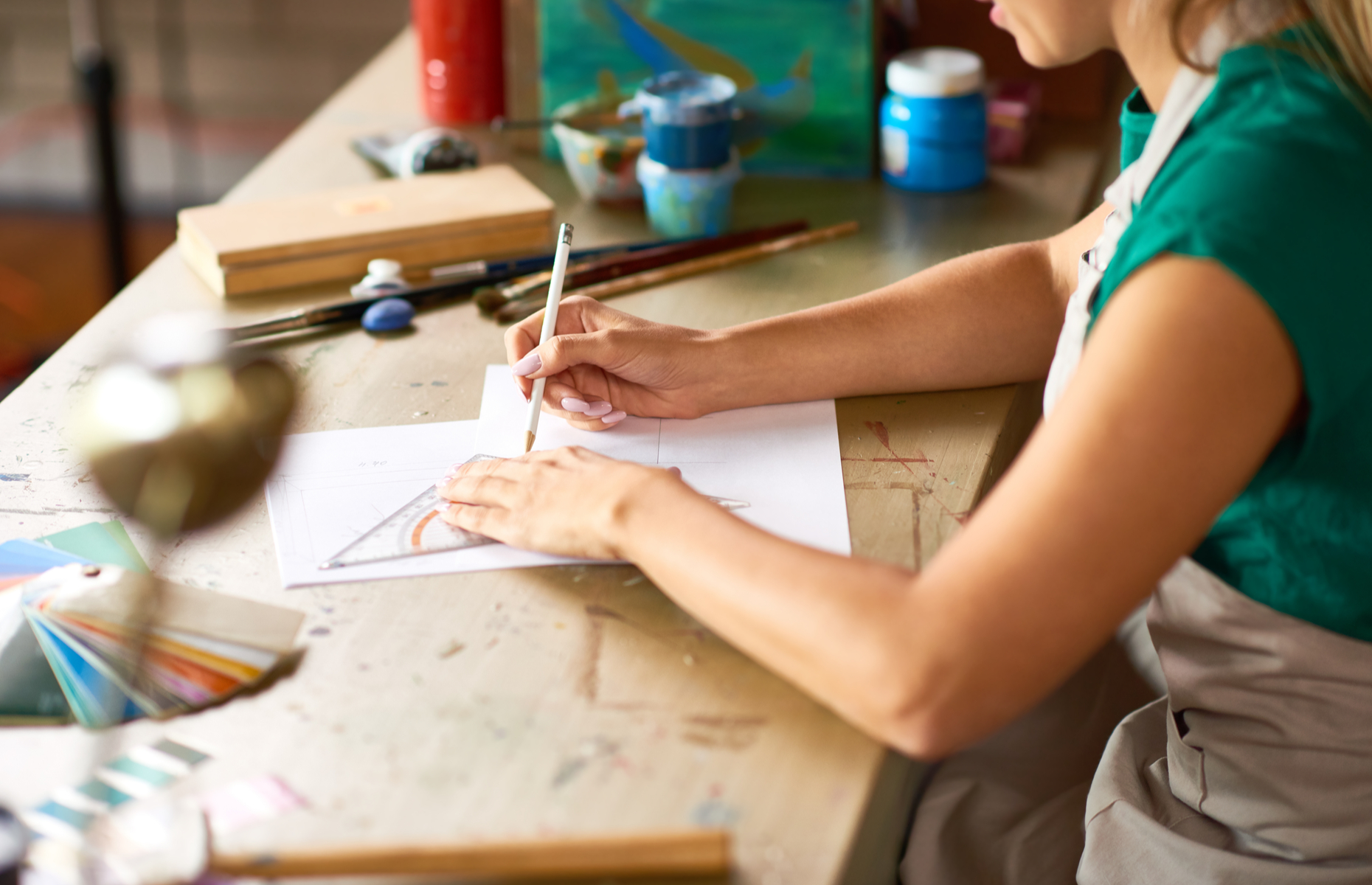
Jot out the home improvement job you are planning from start to finish to ensure you’ve thought it all through properly, paying careful attention to the location of pipework and wiring.
There’s nothing worse than that sinking feeling when you stand back to admire your newly laid floor, only to realise that you’ve left no way to access essential pipes.
Spend a little to save in the long run
While it may seem to negate the money you’ll be saving by doing the job yourself, scrimping on tools and materials can really affect the finish of your project – the last thing you want is to find yourself redoing the same job in six months' time.
When it comes to essentials, stock up your toolbox with some quality paint brushes that won’t shed or you'll spend a lifetime picking bristles off of your paintwork.
Get to know your walls
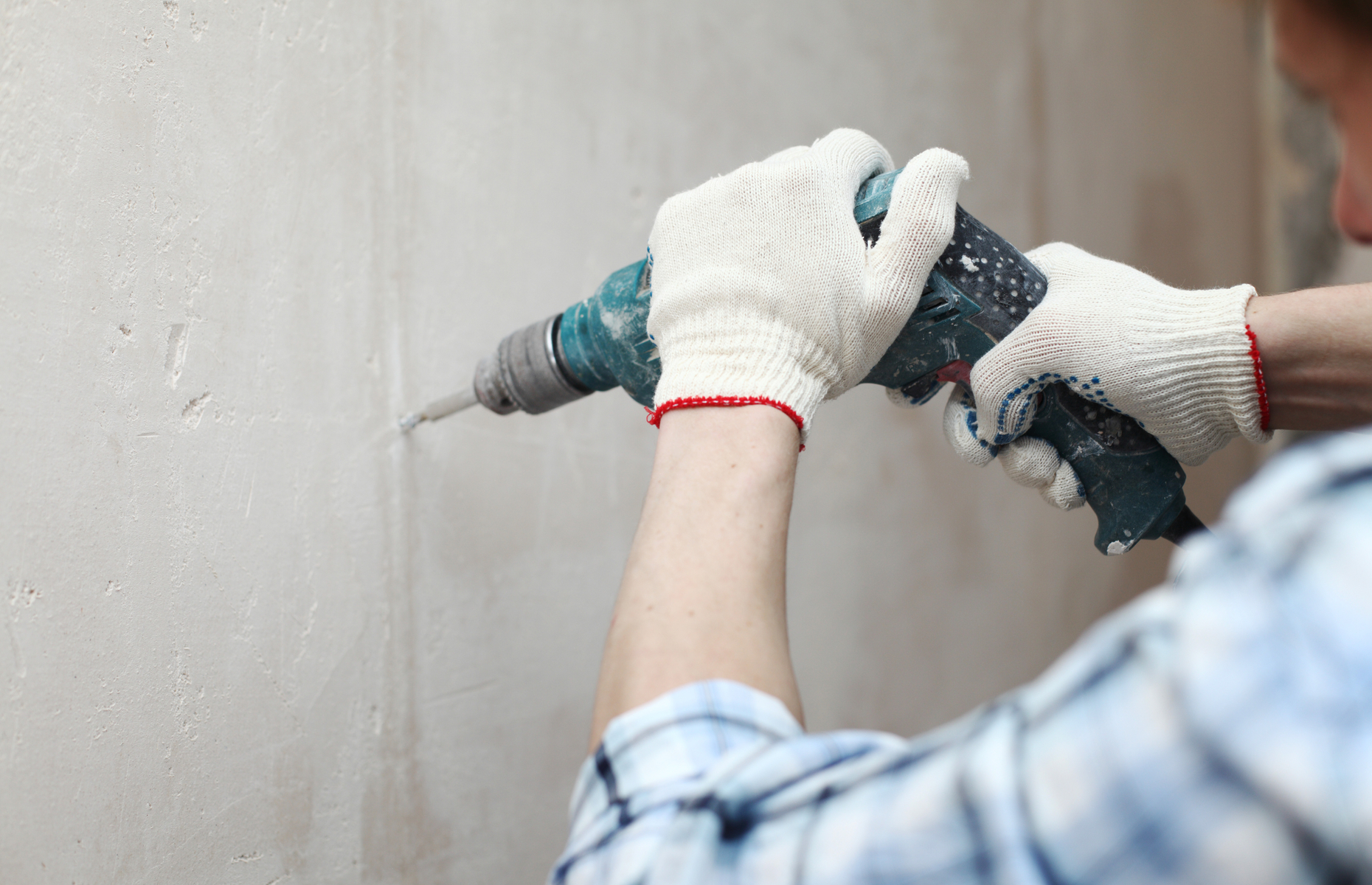
Before you start drilling into walls, make sure you know where any pipes or wires are to avoid causing serious damage that could lead to a hefty bill or even injury – no one needs the headache of a burst water pipe.
For more secure shelves that will hold for longer, it’s a good idea to drill into weight-bearing studwork behind the plaster. If the drill is struggling to get past a stubborn support, stop. Drill bits are not cheap and forcing it will likely lead to damage you'll need to repair.
Prepare for mess
However careful you think you are, paint is bound to drip, so it's vital that you take the time to protect carpet and furnishings. Save up a few old sheets or towels and keep them in the garage for when the paintbrush comes out.
Otherwise, a quick and cost-effect lick of paint can quickly turn into an expensive, time-consuming project, requiring replacement carpets or even new furniture.
Measure twice, cut once
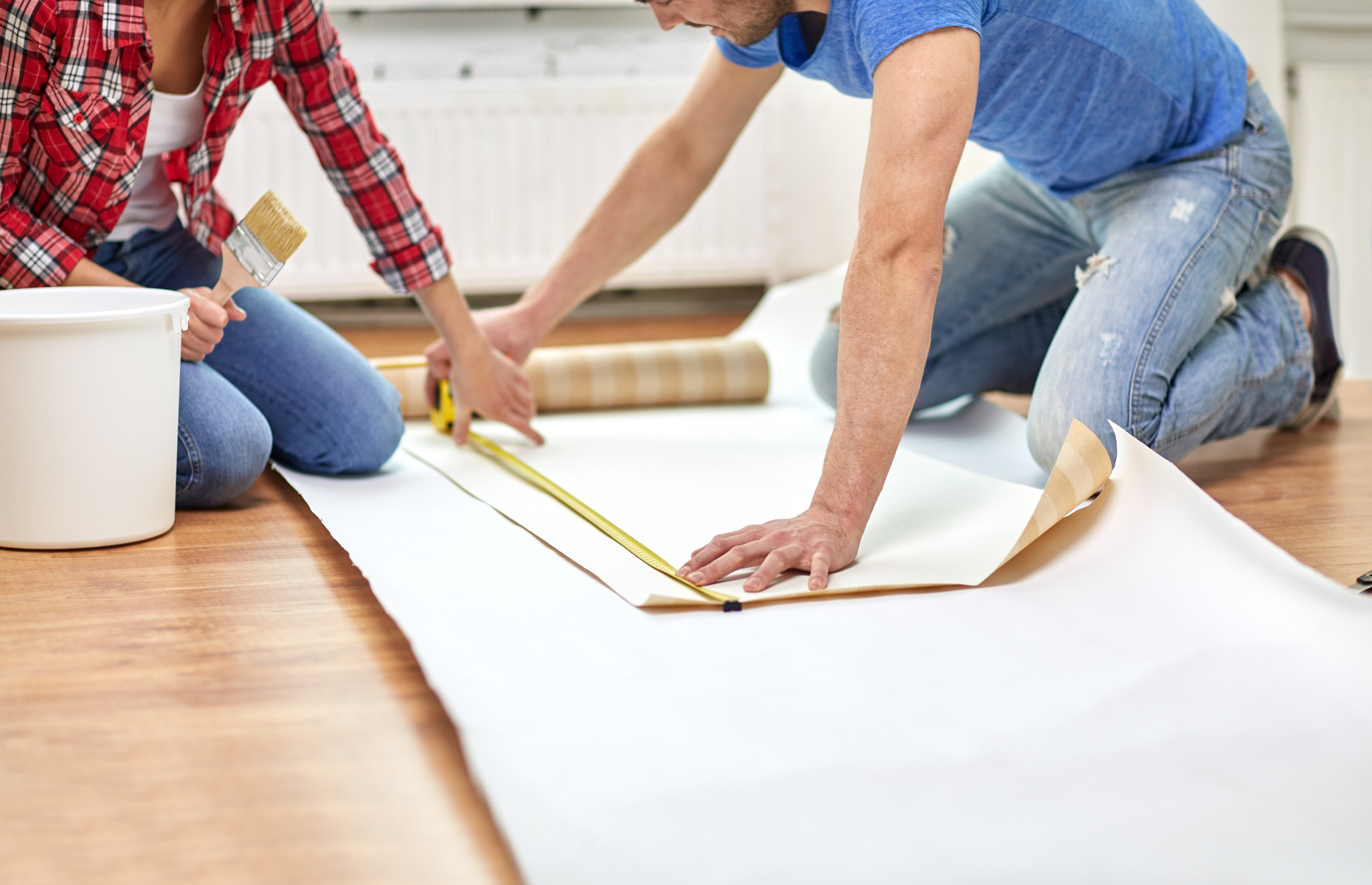
This is perhaps the best bit of home improvement advice you will ever receive. Think you’ve measured correctly? Do it one more time to make sure before you get the saw or scissors out, as once you’ve cut your material there's no going back.
Whether it's wood, wallpaper or carpet, rushing in without double-checking your measurements can lead to wastage, forcing you to splash out on more material. Suddenly that DIY project won't seem so cost-savvy...
Always have primer to hand
If a mark appears on your wall you may be tempted to reach for a water-based paint to cover it up, but even with several coats, it's likely to still show through.
For a quick solution with minimal mess, get yourself an oil-based primer or spray to seal the stain, then cover it with a lick of paint to conceal it once and for all.
READ MORE: Upcycling ideas to transform your old stuff
Main photo: PR Image Factory/Shutterstock
Comments
Be the first to comment
Do you want to comment on this article? You need to be signed in for this feature